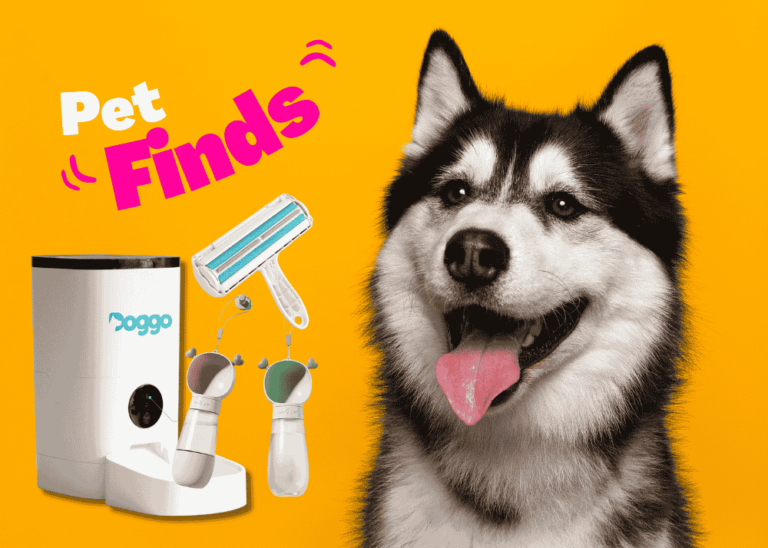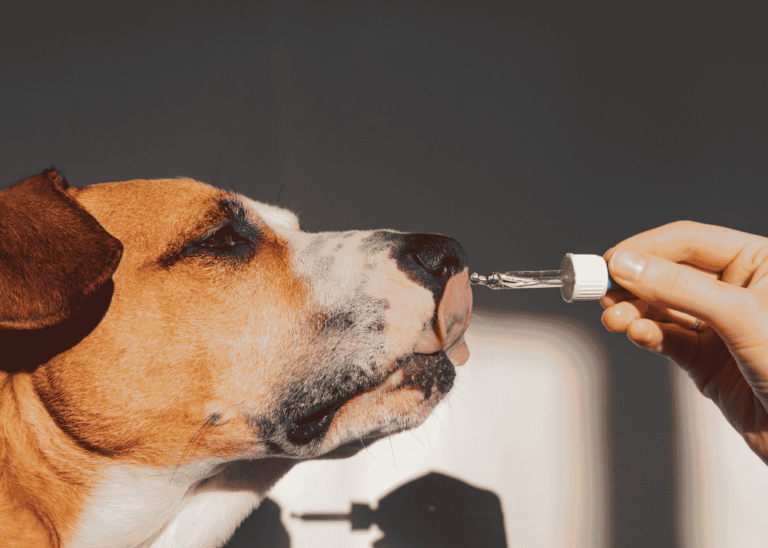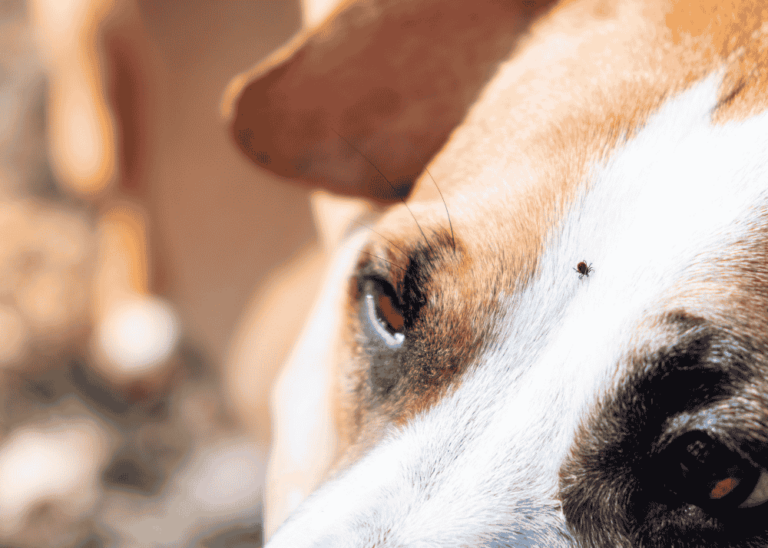
Disclaimer:
This blog is intended for informational purposes only. All information provided is based on research, and we strive to ensure accuracy to avoid any harm to pets. However, we recommend conducting your own research and consulting a veterinarian before making any dietary changes for your dog.
Introduction:
Ticks are common parasites that can cause discomfort and health problems for dogs. These pests latch onto your dog’s skin, feeding on their blood and potentially transmitting diseases. In this guide, we’ll cover the causes of ticks, symptoms, how to spot them, preventive measures, removal methods, recommended products, and the importance of consulting your veterinarian.
Causes of Ticks in Dogs
Ticks thrive in warm, humid environments and are often found in grassy, wooded, or bushy areas. Dogs may pick up ticks when they:
Play in outdoor parks or gardens.
Walk through tall grass or wooded areas.
Come into contact with other animals that have ticks.
Visit areas where tick infestations are common.
Symptoms of Tick Infestation
Signs of tick infestation include:
Excessive scratching, licking, or chewing at the skin.
Redness, swelling, or inflammation around bite areas.
Visible scabs or bumps.
Hair loss around the affected area.
Lethargy, fever, or loss of appetite (in cases of tick-borne diseases).
How to Spot Ticks on Your Dog
Ticks are small but visible parasites. Here’s how to check for them:
Inspect common hiding spots, such as:
Ears, neck, and under the collar.
Between toes and under the tail.
Armpits and groin area.
Use a fine-toothed comb to part your dog’s fur and check their skin.
Feel for small bumps while petting your dog.
Preventive Measures
Preventing ticks is easier than treating an infestation. Consider the following:
Regular Grooming: Bathe and brush your dog regularly to detect ticks early.
Maintain Your Yard: Keep grass trimmed and remove tall weeds where ticks can hide.
Avoid High-Risk Areas: Limit visits to dense wooded areas or tall grass.
Tick Prevention Products: Use collars, sprays, and spot-on treatments.
Frequent Inspections: Check your dog after outdoor activities.
Product Recommendations
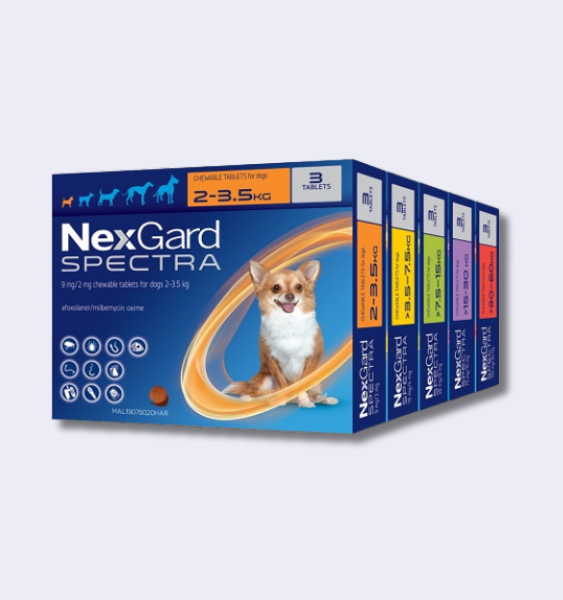
Nexgard Spectra Chewable
NexGard works fast—killing ticks before they can transmit dangerous diseases. After ingestion, the medication is absorbed into your pet’s bloodstream, where it kills ticks and fleas within hours. Why we recommend this product: Effective Tick and Flea Protection, Vet-Approved and Safe, One Month of Worry-Free Protection.
Available on Shopee: Nexgard Spectra Chewable
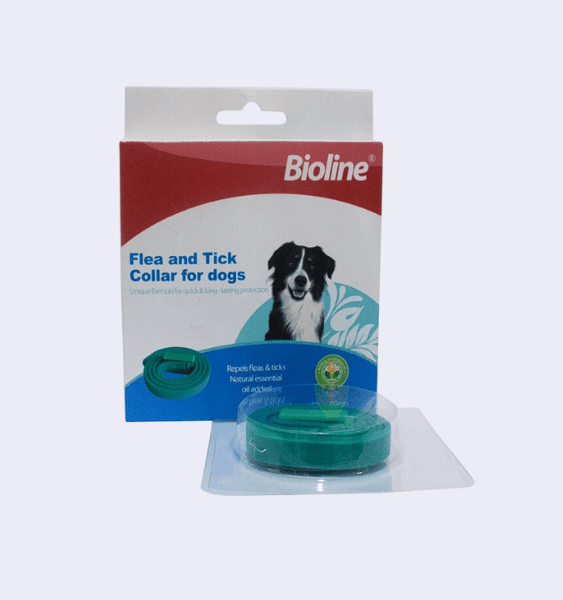
Bioline Flea and Tick Collar for Dogs & Cats
The natural flea and tick collar makes use of eucalyptus oil which offers effective protection from ticks, fleas and mites. The active ingredients are released continuously and spreads through the fur after putting this collar on, acting as a natural alternative to chemical pharmaceutical products. In addition to that, the reflective coating and the elastic strap provide extra security. The natural flea and tick collar is suitable for young animals over the age of 12 weeks.
Available on Shopee: Bioline Flea and Tick Collar for Dogs & Cats
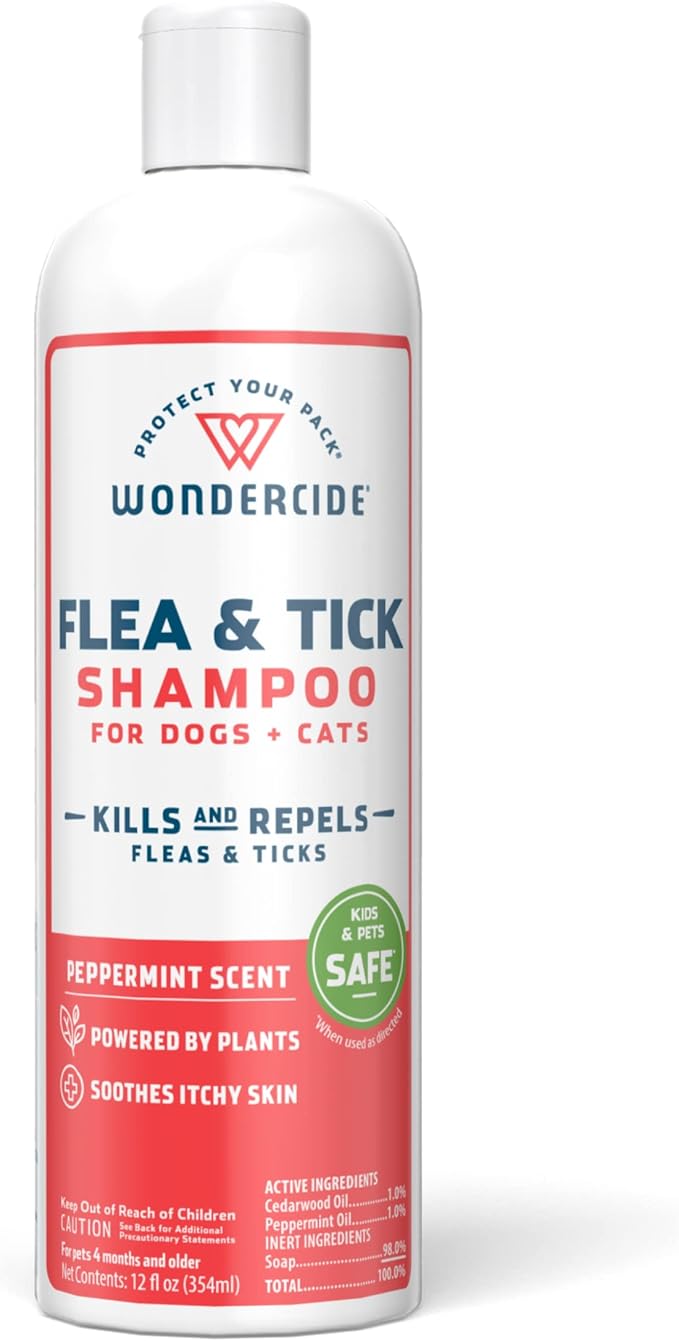
Wondercide - Flea & Tick Shampoo for Dogs and Cats
KILLS AND REPELS FLEAS AND TICKS BY CONTACT. This easy-to-use, powerful shampoo is the perfect first step in killing and repelling fleas and ticks during an active infestation. LAB PROVEN. VET APPROVED. Powered by plants, this liquid shampoo is proven to exceed the same effectiveness standards required for conventional flea-and-tick control shampoos. It kills pests and is a great first step to protect your pets when dealing with an active flea or tick issue.
Available on Amazon: Wondercide – Flea & Tick Shampoo for Dogs and Cats
How to Remove Ticks : Home remedies
Method 1: Tweezers
What You Need:
Fine-tipped tweezers
Rubbing alcohol
Gloves
Antiseptic solution
Steps:
Wear gloves to avoid contact with the tick.
Grasp the tick as close to the skin as possible using tweezers.
Pull it out slowly and steadily without twisting.
Drop the tick into rubbing alcohol to kill it.
Clean the bite area with antiseptic.
Method 2: Dish Soap and Cotton Balls
What You Need:
Mild dish soap
Cotton balls
Steps:
Soak a cotton ball in dish soap.
Place it over the tick for 30–60 seconds.
The tick may release its grip and attach to the cotton ball.
Clean the area afterward.
Always Consult Your Veterinarian
While home remedies and over-the-counter products can be effective, consulting your veterinarian is essential. They can:
Provide professional tick removal if needed.
Test for tick-borne illnesses.
Recommend the best preventive treatments for your dog.

